transplant
Latest
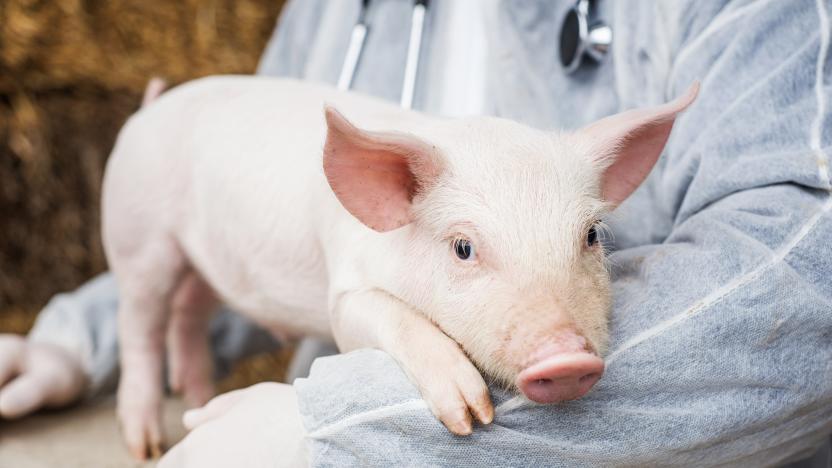
Scientists revived organ cells in dead pigs
Scientists have successfully revived cells in some organs for dead pigs, raising hope for longer-lasting transplants.
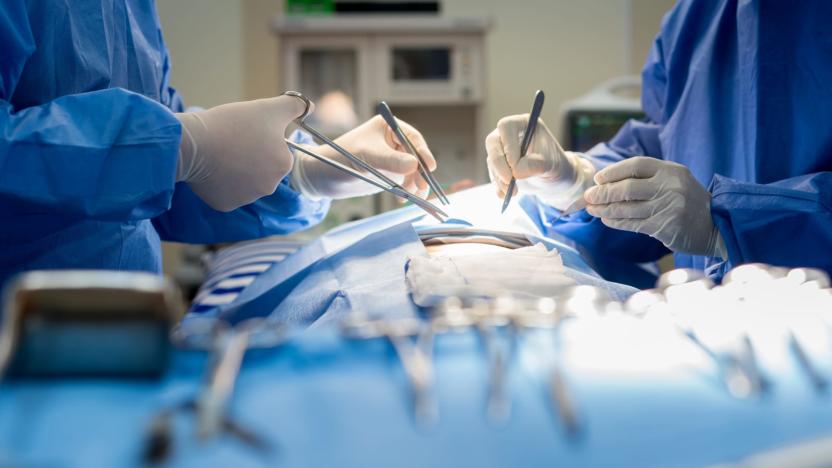
Lab-grown heart muscles transplanted into a human for the first time
Researchers in Japan have successfully carried out the world's first transplant of lab-grown heart muscle cells, in a move which could significantly reduce the need for heart transplants. To grow the heart muscle cells, the scientists from Osaka University first took adult stem cells and reprogrammed back into their embryonic-like state. From this point, the researchers were able to coax the cells into becoming whatever form they wanted -- in this case, heart muscle cells.

This machine keeps transplant livers alive for a week
With current technology, a human liver donated for transplant can only be kept alive for 24 hours, and often, if the liver is damaged or diseased, it cannot be considered for transplant. That could soon change. Liver4Life has developed a liver perfusion machine that can preserve injured human livers for one week and can even repair damage.
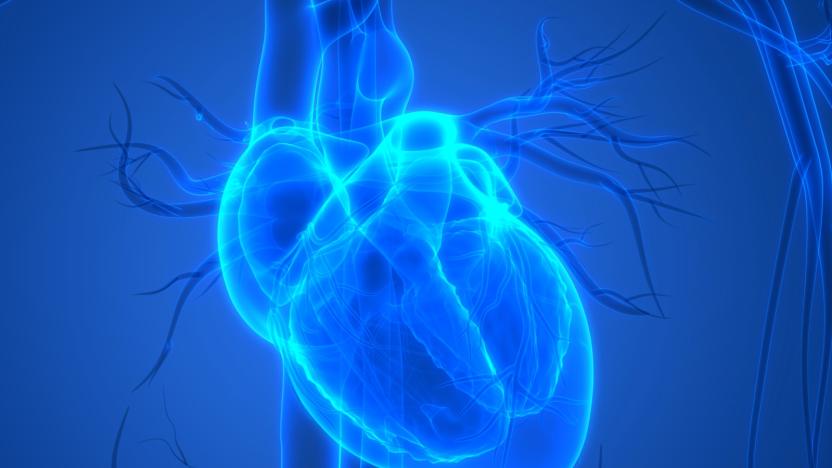
Chicago biotech company 3D prints a mini human heart
The Chicago-based biotech company BIOLIFE4D announced today that it has successfully 3D-bioprinted a mini human heart. The tiny heart has the same structure as a full-sized heart, and the company says it's an important milestone in the push to create an artificial heart viable for transplant.

A drone delivered an organ to a transplant patient for the first time
For the first time, a drone has delivered a kidney to a transplant patient who had waited eight years for a donor. The organ was carried on a short, 10 minute, 2.7 mile test flight from Baltimore's St. Agnes Hospital to the University of Maryland (UMD) medical center, and successfully transplanted a few hours after the delivery. "There's a larger purpose at stake," said UMD engineering dean Darryll J. Pines. "It's ultimately not about the technology; it's about enhancing human life."

Stem cell transplant offers hope for an HIV cure
There appears to be more than one promising sign in the quest for an HIV cure. Researchers have given a London patient a bone marrow stem cell transplant that has left him HIV-free for the past 18 months. As the donor has a very rare genetic mutation (CCR5 delta 32) that makes them HIV-resistant, the stem cells sent the HIV into remission with only a "mild reaction" from the treatment. It's a positive sign, and it suggests that the stem cell transplants that 'cured' Tim Brown in 2007 weren't just flukes.

Scientists successfully transplant lab-grown lungs into pigs
Lab-grown organ transplants aren't right around the corner, but they may considerably closer than you think. University of Texas Medical Branch researchers have successfully tested bioengineered lungs in adult pigs, with no signs of medical complications. While it's not certain how effective the lungs were at oxygenating the pigs, they developed the sturdy network of blood vessels needed to survive. The challenge, as you might guess, was producing a full structure that the pigs' bodies would accept.
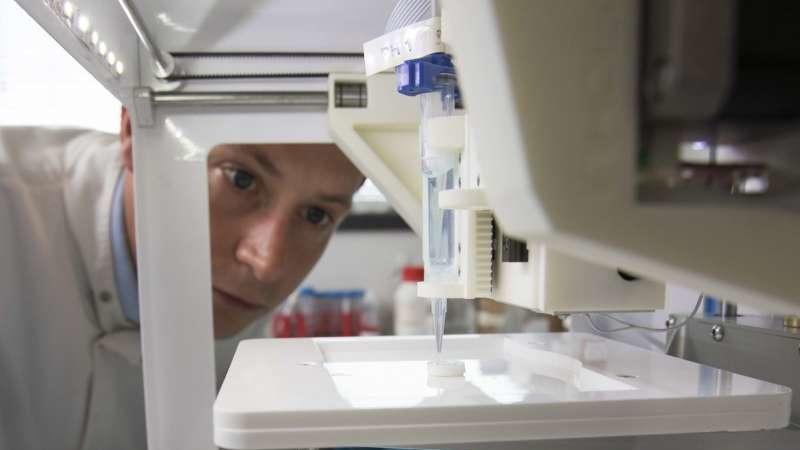
Scientists create the first 3D-printed human corneas
Newcastle University researchers have devised a groundbreaking experimental technique that could help millions on the corneal transplant waiting list. By using a simple 3D bio-printer, Professor of Tissue Engineering Che Connon and his team of scientists were able to combine healthy corneal stem cells with collagen and alginate (a type of sugar sometimes used in tissue regeneration) to create 'bio-ink' -- a printable solution that enabled them to reproduce the shape of a human cornea in just 10 minutes.
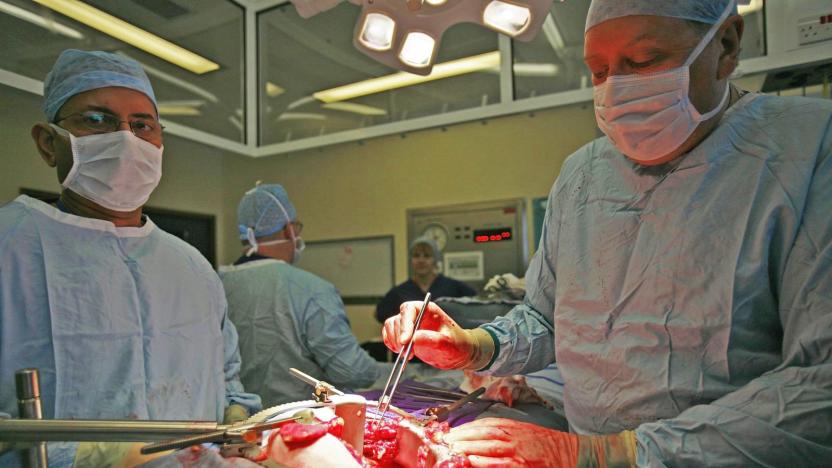
Someday, every piece of a person will be replaceable
In the past half decade, medical science has made tremendous advances in reproductive organ transplant techniques. In the span of just four years, we've seen the first successful penile transplant, the first child born from a transplanted uterus, and as of Monday, the world's first full male genital transplant surgery. During the 14 hour marathon operation, a team of doctors from Johns Hopkins University grafted the penis and scrotum from a donor cadaver onto a US military member who had had his own genitals destroyed during his service in Afghanistan.

Johns Hopkins performs the first total penis and scrotum transplant
The first US penis transplant was successfully performed in 2016. Last year, a uterus transplant recipient gave birth for the first time in the US, too. Now, doctors at Johns Hopkins University have successfully transplanted an entire penis and scrotum to a young serviceman who sustained injuries in Afghanistan resulting in the loss of his genitals.
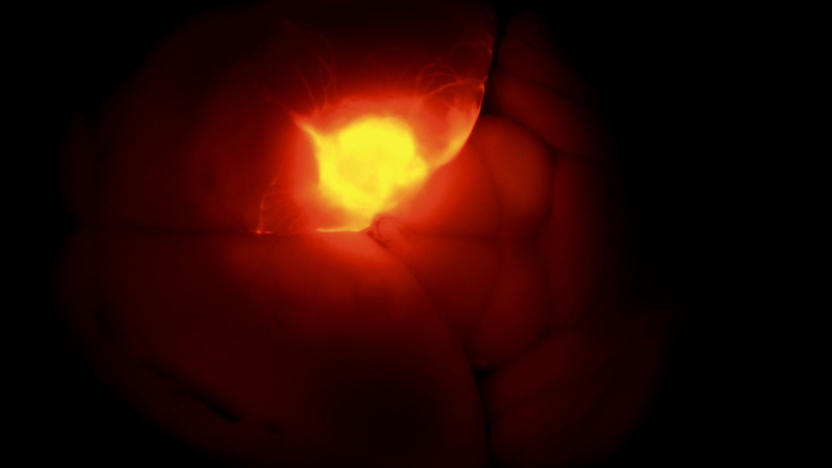
Scientists grow human brain tissue in mice
Brain "organoids" made from stem cells are a promising way to study the brain, but the longest they've survived in a petri dish is just five weeks. Researchers from the Salk Institute recently implanted a bean-sized brain organoid into a mouse, and covered it with a transparent window. The material was able to get a blood supply from the mouse and survived for up to 233 days, displaying the same properties and growth as if it were in a newborn. It's a big advance for organoids and could help scientists study and treat mental illness and brain injuries.
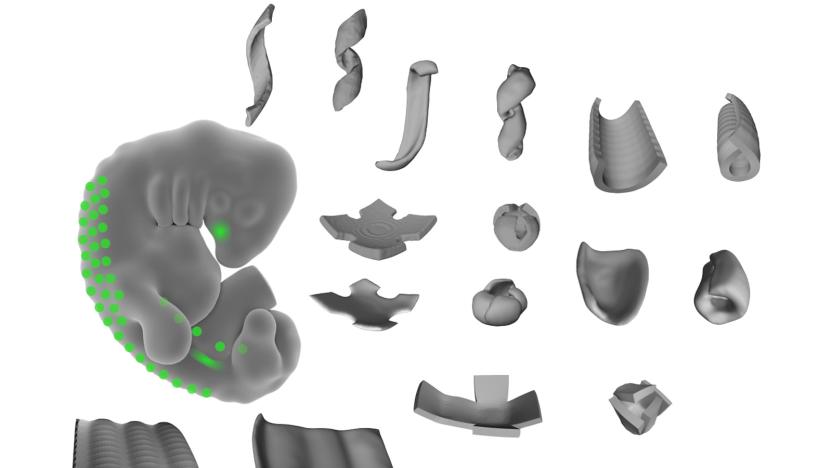
Scientists 'hack' cells to create 3D shapes from live tissue
Never mind 3D-printing organs -- the real dream is to make the tissue itself bend to your will, and UCSF scientists have managed just that. They've discovered that they can 'hack' special cells that help fold tissue (mesenchymal cells) to create 3D shapes out of live tissue. The trick is to lay out these cells in specific patterns that "tug" on other cells' extracellular matrix fibers. You can create surprisingly diverse items, ranging from simple bowls and ripples to decidedly unnatural items like cubes and coils.
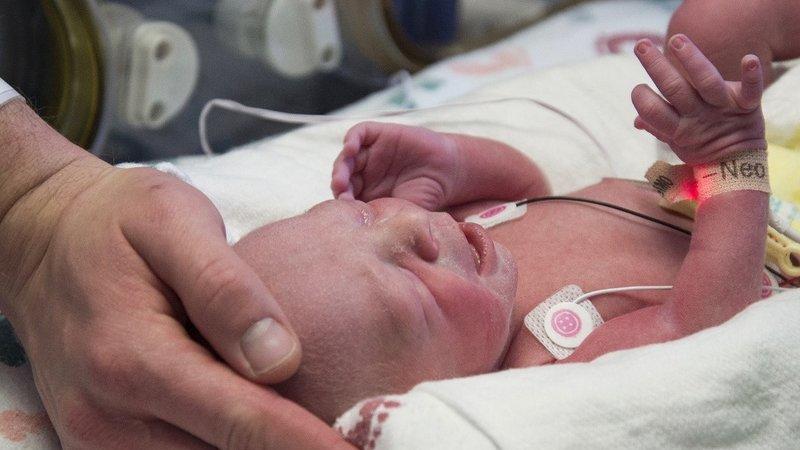
Uterus transplant recipient gives birth for the first time in the US
A woman who received a uterus transplant has given birth to a baby -- a first in the US, Time reports. She is part of an ongoing uterine transplant clinical trial taking place at Baylor University Medical Center at Dallas and she, like the other women in the trial, has a nonfunctioning or nonexistent uterus. Her uterus was donated by another woman, Taylor Siler, who wanted to be able to give someone else the opportunity to have a child. The trial, which accepts both living donations, like Siler's, and donations from deceased individuals, will complete 10 transplants. Eight have been completed already and while at least three have failed so far, a second trial participant is now pregnant following a successful transplant.
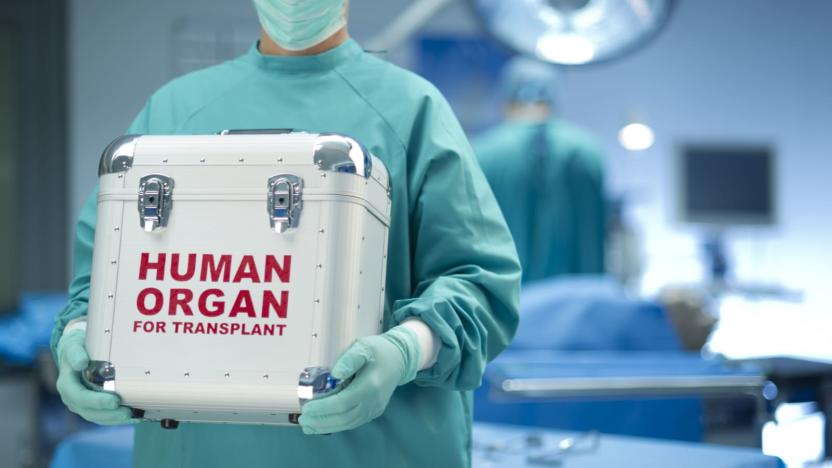
Nanoparticles fool your body into allowing organ transplants
Organ transplants are frequently life-saving, but they remain a gamble when your body can reject the new organ well after the initial surgery. Yale researchers have discovered a clever solution to this: prevent your body from noticing the organ until it settles in. They've developed a drug delivery system that uses nanoparticles to slowly supply small interfering RNA (siRNA) that stops your body's white blood cells from attacking the organ as a foreign presence. Instead of lasting mere days, the siRNA lasts as long as 6 weeks. This won't necessarily eliminate the rejection response, but it should be far easier to control if and when it kicks in.
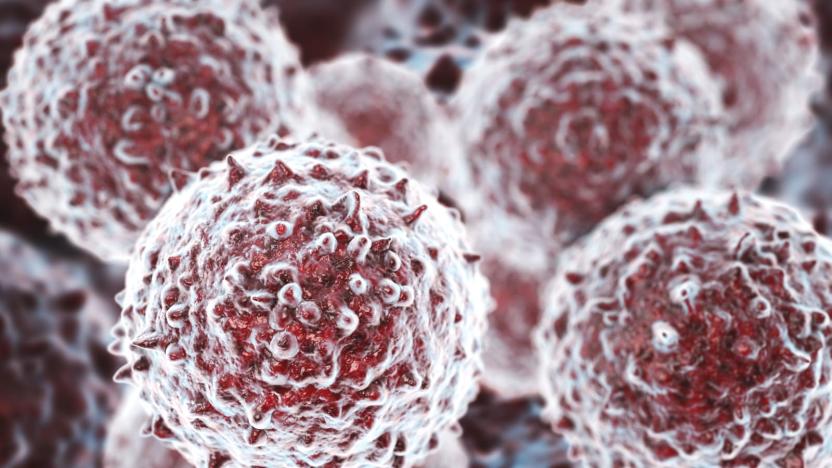
Man receives someone else's reprogrammed stem cells
The concept of using stem cells for transplants just became a truly practical reality: a Japanese man with age-related macular degeneration has received the first transplant of stem cells from another human donor. Doctors repurposed the donor's skin cells by turning them into induced pluripotent stem cells (that is, forced into a state where they can become many kinds of cells) that then became retinal cells. If all goes according to plan with the multi-step procedure, these fresh cells will halt the degeneration and preserve the patient's remaining eyesight.
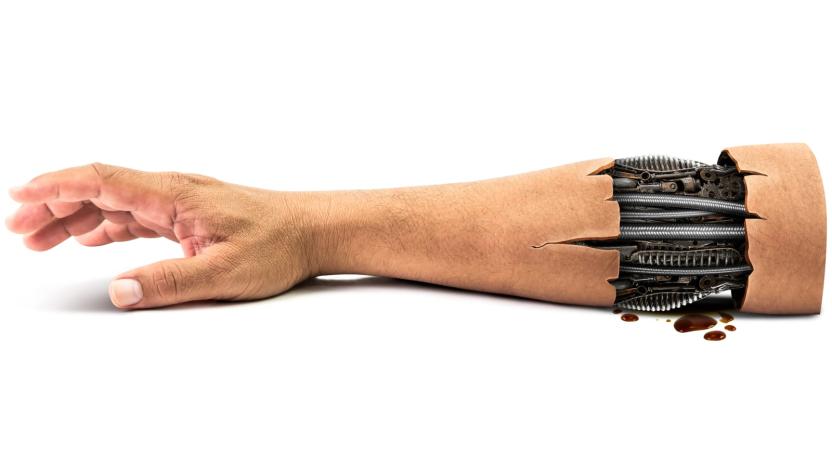
Robots could wear flesh to help form transplants
Right now, you have to grow human transplants in a stationary environment. That's more than a little dangerous when they could buckle under the stresses of a real body. Oxford University may have a clever (if slightly ghastly) solution to that problem: have robots wear the tissue first. If you grow muscles on humanoid robots, the movement and overall shape of those machines would lead to grafts and transplants that are ready for serious strain.
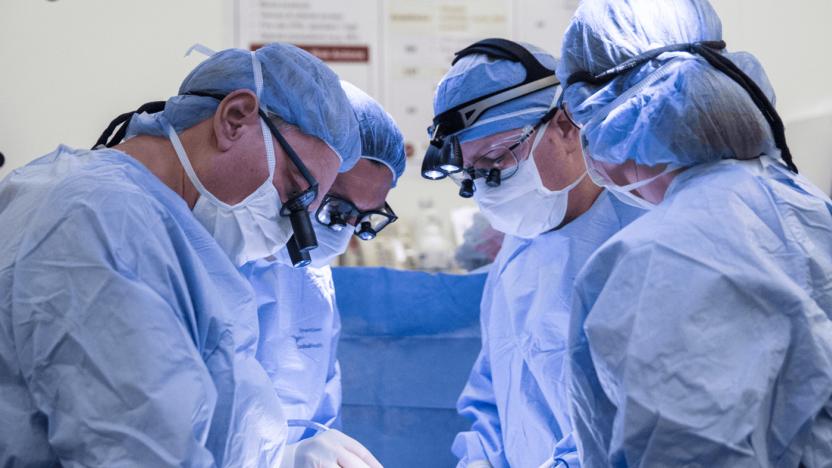
Surgeons complete first uterus transplants from live donors in US
A team of surgeons at Baylor University Medical Center in Dallas have achieved something that hadn't previously been done in the US. With the help of a Swedish surgical team, doctors performed the first uterus transplants from living donors. The experimental procedures took place between September 14th and 22nd with four total transplants. While the first three were unsuccessful, the fourth patient is showing positive results based on follow-up tests. The transplanted uteri were removed from those first three patients and they're expected to resume normal activity soon.

Woman who received world's first face transplant dies at 49
Isabelle Dinoire, the first person in the world to undergo a face transplant, died at the age of 49 in Amiens, France, of complications following her groundbreaking surgery. In May 2005, Dinoire was mauled by her labrador while she was sleeping and in December of that same year, she received a partial face transplant of the chin, mouth and nose. The procedure left her with the ability to eat, speak and smile normally, and surgeons labeled it a success, though her body never fully accepted the new tissue.

Apple will use the iPhone to encourage new organ donors
Apple CEO Tim Cook knows firsthand the agony of watching a close friend wait for an organ transplant, so his company is doing something to help ease the shortage. With iOS 10, Apple will add a new button to the Health app that will allow users to enroll in with Donate Life America. That non-profit organization promotes organ donation and facilitates registries, including its own National Donate Life registry.

Doctors perform first penis transplant in the US
Thomas Manning from Halifax, Massachusetts lost most of his penis to a rare form of cancer in 2012. He likely never imagined he'd gain the organ back, but the 64-year-old bank courier has become America's first penis transplant recipient. A surgical team from Massachusetts General Hospital (MGH) performed the 15-hour operation on May 8th and 9th after perfecting their technique for three full years. Manning "continues to recover well, with blood flow established to the donor organ and no signs of bleeding, rejection or infection," the hospital said in a statement.









